Caradrina (Paradrina) clavipalpis
(Scopoli, 1763)
-
 Subfamily: Xyleninae, Caradrinini
Subfamily: Xyleninae, Caradrinini -
 Wingspan: 28-34 mm
Wingspan: 28-34 mm -
 Flight period: Apr - Oct
Flight period: Apr - Oct -
 Spread: Common
Spread: Common -
 Host plants: Polyphagous
Host plants: Polyphagous
Information
The Caradrina clavipalpis also called Pale Mottled Willow is a moth of the Noctuidae family, subfamily Xyleninae,
with wingspan of 28-34 mm.
In Europe it's present everywhere including Iceland. *
Its range extends to a large part of the Palearctic eco-zone, specifically in Algeria, Morocco, Tunisia, Libya, Egypt, Kuwait, Asian Russia,
Central Asia, Mongolia, Iraq, Iran, Afghanistan, Pakistan, northwestern India and Sri Lanka.
In Italy it is also present in the islands. *
The front wings of the Caradrina clavipalpis vary from pale gray to gray-brown with 3-4 small black dots along the costa.
Two stigmata are visible, one in the shape of a small oval sometimes reduced to a point, the second kidney-shaped, at least partly darker than the background color and bordered
variably by small white spots; the crossed lines vary from well marked to indistinct.
The subterminal line is pale with a tawny band, the terminal area is dark gray (in contrast to the background color).
The hind wings are white with a gray terminal band extending along the veins.
Head, thorax and abdomen are in the background color of the front wings with a moderate down.
The Caradrina clavipalpis normally has two generations a year in the period between April and October, in the warmer areas it has a third until November. ***
It overwinters in the larva stage. It frequents roadside, fallow, forest margins, dry slopes and clearings, not infrequently it frequents urban environments.
The eggs are white spherical seeds with upper spot and faded reddish brown longitudinal line, knurled. **
The caterpillar of greenish gray / brown color in the early stages, has a clear dorsal line and darker lateral shades, dark tubercles and brown / brown head, sparse white hairs. **
The pupa is brown / ocher in color and is found inside a silky cocoon covered with plant or soil residues. **
The larvae are polyphagous and feed on Rumex, Plantago, cereals and various herbs, peas, Leontodon, Stellaria, Lamium media and vegetable matter.
* Lepidoptera mundi https://lepidoptera.eu/ - Fauna Europea https://fauna-eu.org/
** Bestimmungshilfe für die in Europa nachgewiesenen Schmetterlingsarten - http://lepiforum.de/
*** Roland Robineau, Guide de papillons nocturne de France, Delachaux et Niestlé, 2011 p. 121

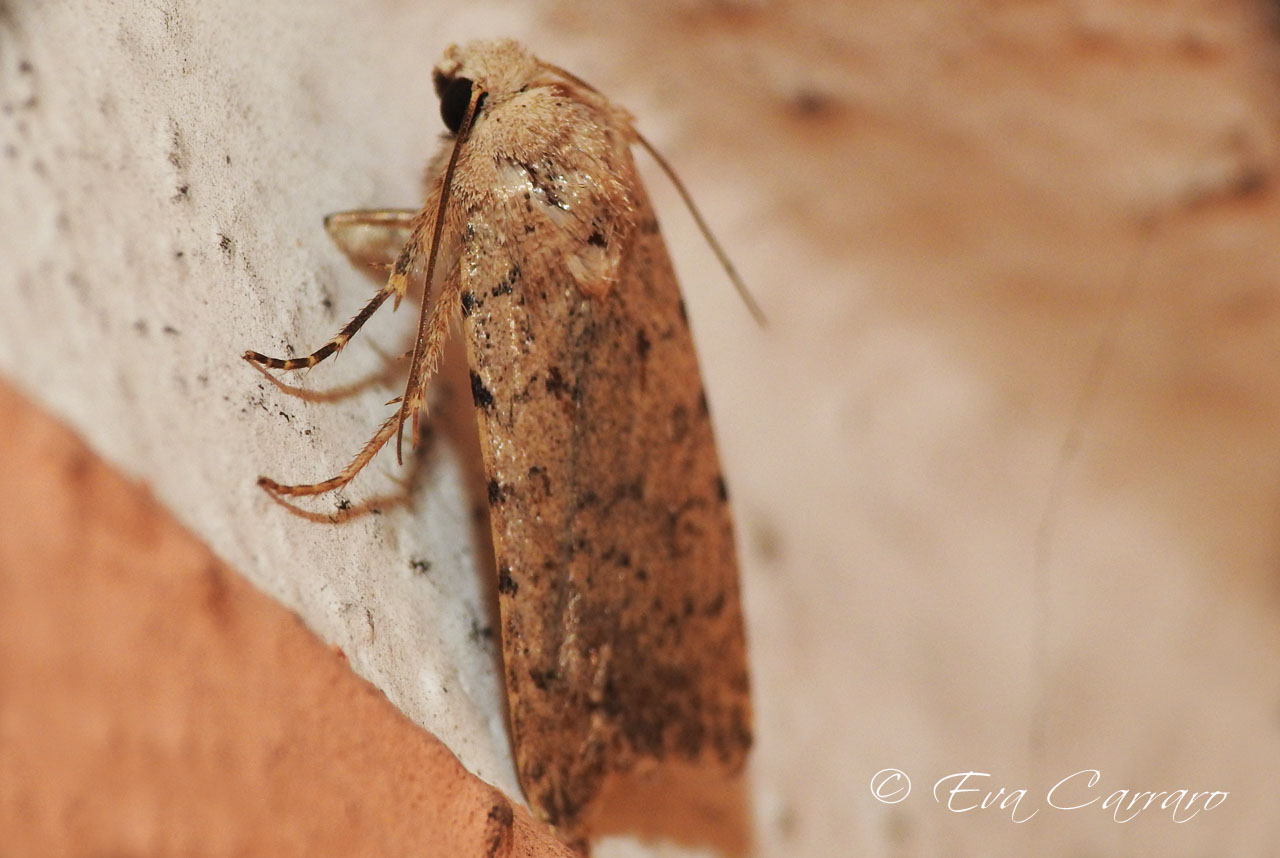
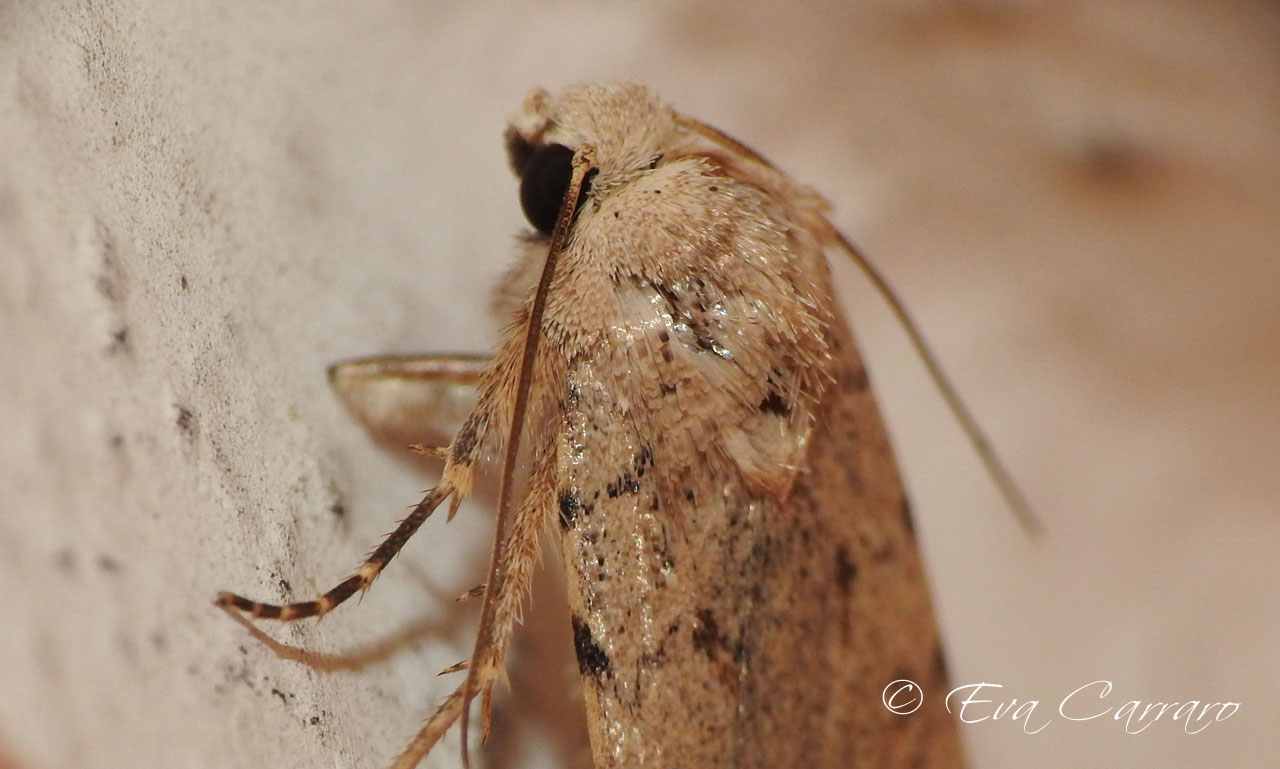
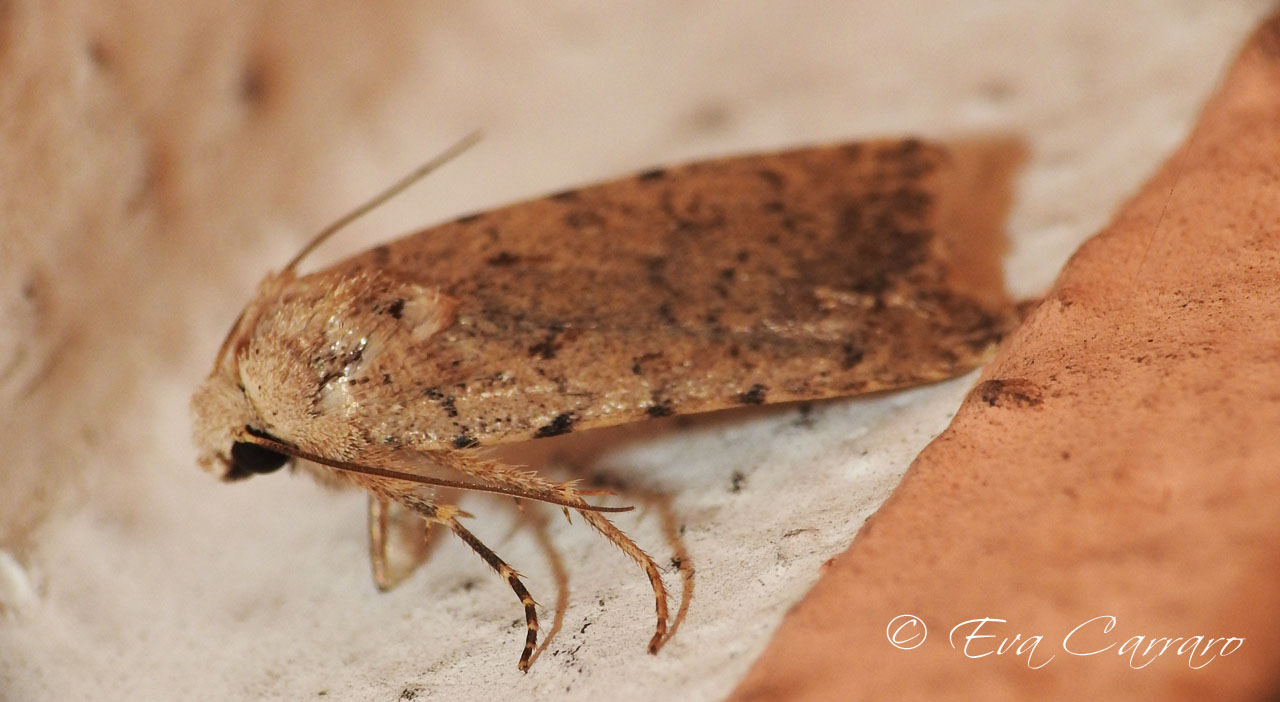
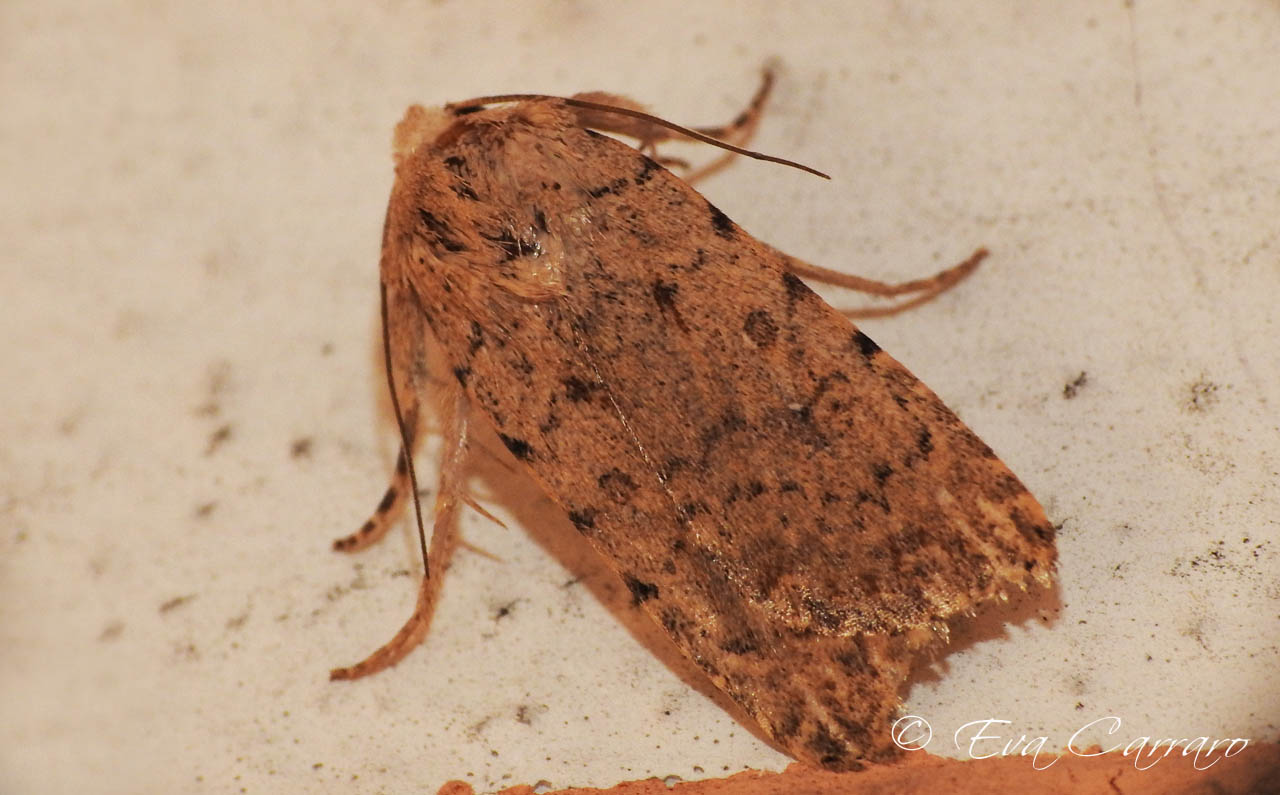
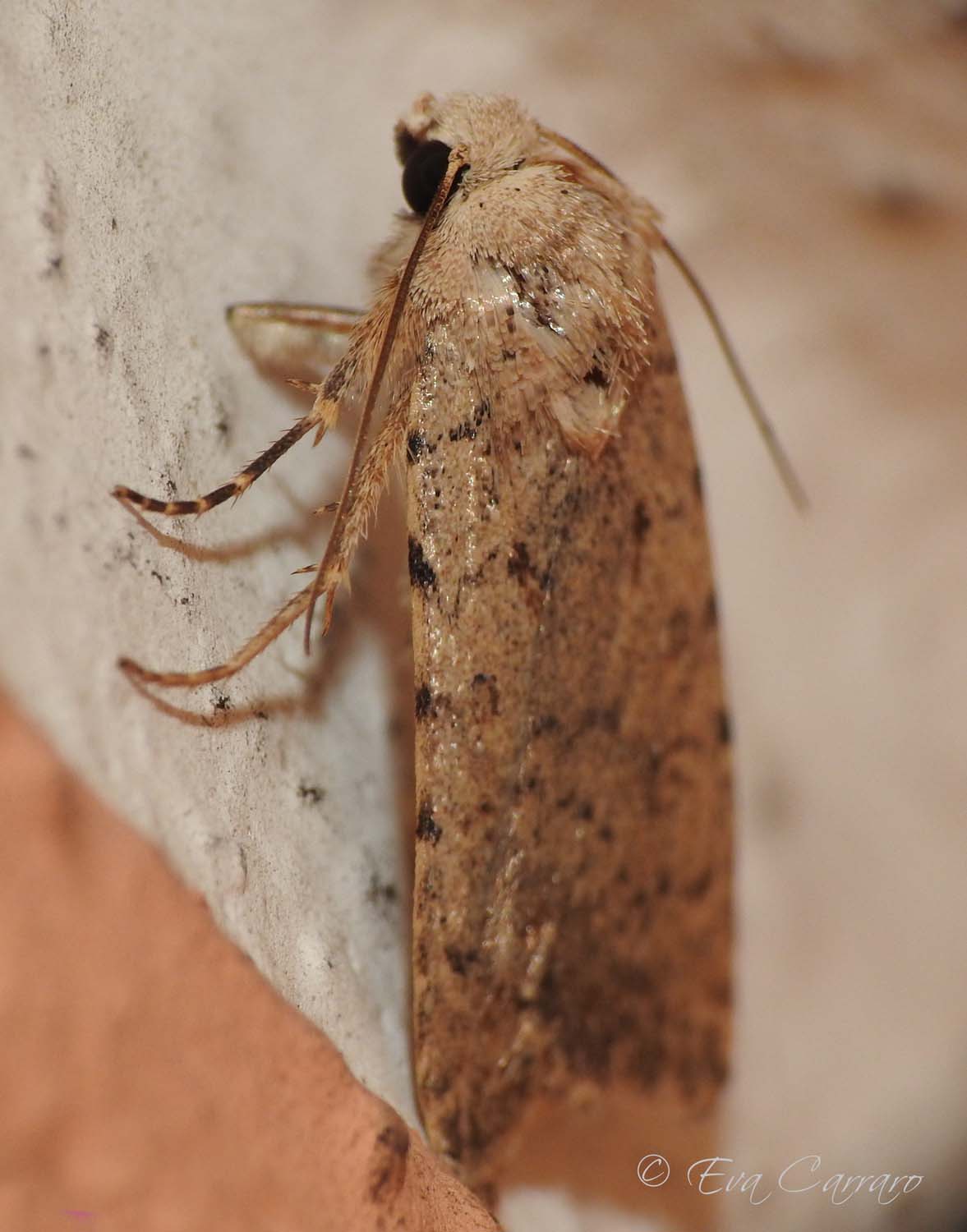

 EN
EN ITA
ITA
Social and publications